The world is a diverse place by definition, however, the corporate and institutional arena does not always seem to reflect such heterogeneity. Discrimination is still a pending challenge we face today, and it is not only detrimental to people’s ability to fully develop in all scopes of life, but it is in fact a great loss of talent and innovation delaying the transition to a the much needed sustainable future.
In the following paragraphs we want to convey the importance of diversity, equity and inclusion policies in the workplace, reflecting the idea that such initiatives make up an increasingly stronger business case that can drive real progress.
Let’s start from the beginning
First thing’s first, we need to understand what we talk about when we talk about diversity, equity and inclusion before we begin to comprehend why and how they can be so valuable to business and social development:
- Diversity: It is essential to understand that diversity should not focus on the fact that people are different but in trying to understand, accept and value such differences. The term encompasses elements such as race, culture, gender identity, education, political views, religion, socioeconomic status, location… It is a varied picture with people from all walks of life who can bring in different perspectives, beliefs and values that enrich everyone.
- Equity: An equitable environment is one that helps break down barriers to ensure equal and fair access to opportunities for all, helping people in their personal and professional advancement. This means creating and maintaining transparent and consistent practices that empower people regardless of their background. It is about building a fair playing field.
- Inclusion: Diversity and equity do not guarantee an inclusive environment. Inclusion is about feeling a sense of belonging and value inside a given group or community, as well as feeling supported and inspired to achieve individual and collective goals.
The business case for diversity, equity and inclusion
According to the International Labor Organization, evidence suggests the correlation between greater diversity and inclusive policies and improvements in employee and corporate performance. Not only that, it additionally shows benefits in the economy and society as a whole.
As stated in the latest ILO report, diversity and inclusion policies can lower costs such as turnover and sickness absence and add value through higher levels of employee productivity, creating engagement as well as innovation and improved decision making (ILO, 2021). The data is no surprise, as creating an environment that is rich in ideas and can generate a purpose for people to feel aligned to, inevitably results in a better assessment of consumers interests and demands.
In a recent study carried out by McKinsey&Company one of the most revealing facts was the link between greater representation and a higher likelihood of outperformance, as well as the continuous evidence that diversity is indeed a key factor for improved economic performance as compared to previous examinations on the matter.
In fact, there is a growing pressure from internal stakeholders such as employees, and external ones, like clients or investors, together with regulations at a national and international level, that are helping put DEI policies on the radar of more organizations. This is particularly true thanks to the spread of ESG (environmental, social and governance) criteria that is currently guiding the market to make more responsible and sustainable decisions without sacrificing financial performance.
As for today, inclusivity, diversity and equity are one of the main trends in the ESG sustainability market. It is also the base for the SDG 8 on decent jobs and economic growth.
Picking up the pace of sustainability
Even given the extensive documented benefits of diversity, equity and inclusion policies, the pace towards achieving these goals is rather slow and uncommon in many organizations, regardless of sector or size. Some diversity groups seem to advance faster than others, gender being the main focus of many organizations’ DEI policies, followed by race, ethnicity and sexula orientation.
Inclusion for people with disabilities, for example, remains one of the biggest challenges in this regard. For what concerns religion, beliefs or age (specially older workers), little attention is given in inclusion and diversity policies. But even in those areas where attention is bigger, such as gender, progress remains slow.
In short, studies suggest that most companies have yet to take the necessary approach to change and start working on the actions required to achieve progress on diversity and inclusion policies in order to see its benefits.
One of the key remaining challenges to properly address this three-dimensional strategy is to involve leadership, as it is often a lack of understanding or awareness of the barriers of inclusion that employees face that prevents progress on the matter. When there is a lack of such awareness, leaders fail to prioritize the issue, and so the promotion of diversity and inclusion is left behind, without even realizing the impact of it, as its measurement does not seem relevant.
Engaging through transparency
Transparency is a fundamental part of any diversity, equity and inclusion policy or practice inside an organization. Many world leading organizations are in fact now beginning to provide reports on this matter providing specific measures and insights to the implemented policies. Transparent information is key to get the whole picture of the issue, understand it fully and take the necessary steps to prevent further damage.
In DoGood we believe you can’t manage what you don’t measure. This is why we actively work to pursue transparent and traceable information to be reported and help companies achieve a continuous improvement as well as a stronger relationship with stakeholders to help impact society and the planet in a positive way, helping revive trust and confidence.
In this regard, it is essential to our work to promote good corporate governance, meaning that the processes of disclosure and transparency are followed so as to provide regulators and shareholders as well as the general public with precise and accurate information about the financial, operational and other aspects of the company, including a more accurate definition of the ESG performance.
We have developed a corporate government tool that helps establish ESG impact objectives for employees in regards to the sustainability strategy of the company. Through our SaaS technology we are able to activate and track employees’ impact, creating engagement that translates into improved ESG metrics, reputational value and an overall positive impact for the environment and society.
If you want to know more about how we work to create a positive social and environmental impact, click here.







